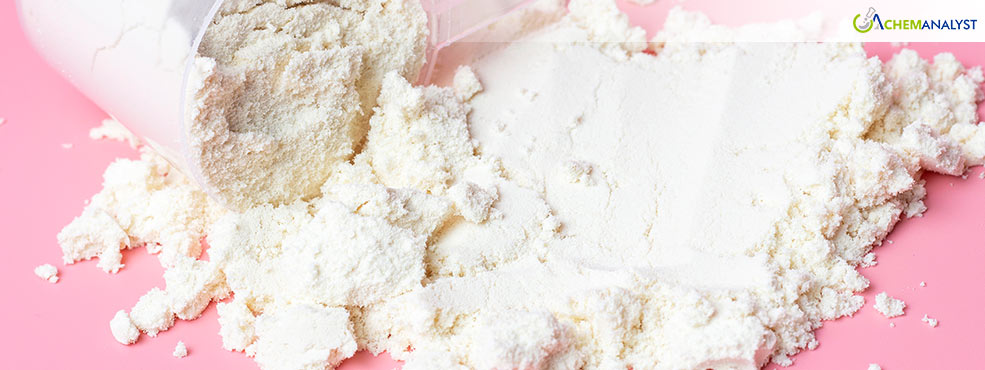Regional Contrasts Define December Trends in Global Adipic Acid Market
- 09-Jan-2025 10:00 PM
- Journalist: Jung Hoon
The global Adipic Acid market ended 2024 with contrasting trends across key regions, influenced by varying sectoral demand, feedstock dynamics, and broader economic conditions. While China experienced early price strength due to favourable automotive sector performance and firming feedstock costs, the mid-month bearish turn reflected seasonal demand slowdowns and oversupply in the textile sector. In Germany, the market struggled throughout December, with sluggish demand from key industries exacerbating the downward trend.
In China, Adipic Acid prices exhibited an upward trend at the start of December, driven by firming feedstock costs and the continued recovery of the domestic automotive sector. Government trade-in incentives boosted vehicle production and sales, enhancing the demand for Adipic Acid, a critical raw material in automotive manufacturing. This optimism was reflected in heightened procurement activity from buyers aligning their purchasing with broader production needs. However, by mid-December, the market sentiment shifted. Easing feedstock costs undermined earlier price momentum, and demand for Adipic Acid from the textile industry declined significantly. Seasonal orders wound down, and sluggish order flows left manufacturers with elevated inventory levels, forcing aggressive discounting to clear stock. While production levels remain stable and improved logistics, downstream participants remained cautious, focusing on meeting immediate operational needs, resulting in a subdued market close for Adipic Acid in December.
In Germany, Adipic Acid prices faced persistent downward pressure throughout December, primarily due to weak demand from the automotive and textile sectors. The German automotive industry struggled with falling domestic sales and declining manufacturing activity. Weak consumer confidence, coupled with high costs and increased competition, contributed to production cuts and limited procurement of Adipic Acid by automotive manufacturers. The textile industry mirrored these challenges, as pre-holiday retail sales slowed, driven by cautious consumer spending amid ongoing economic uncertainties. Inventory surpluses and discounted offers from producers further dampened market activity, reinforcing bearish market conditions. Even with easing inflation, consumer spending remained constrained, leaving the market grappling with subdued demand and aggressive pricing strategies by suppliers.
Looking ahead to 2025, the global Adipic Acid market remains clouded by regional uncertainties. In China, post-year end restocking ahead of the Lunar New Year may temporarily bolster demand, particularly from the automotive sector, but the persistent weakness in the textile industry could limit significant recovery. Germany’s market outlook hinges on the broader performance of its automotive sector, which remains in recession. Any recovery in consumer demand for vehicles, particularly EVs, will be critical to driving Adipic Acid consumption. Feedstock price volatility, global trade conditions, and macroeconomic pressures remain key factors shaping market trends, with producers likely seeking opportunities to stabilize margins in the coming months.



